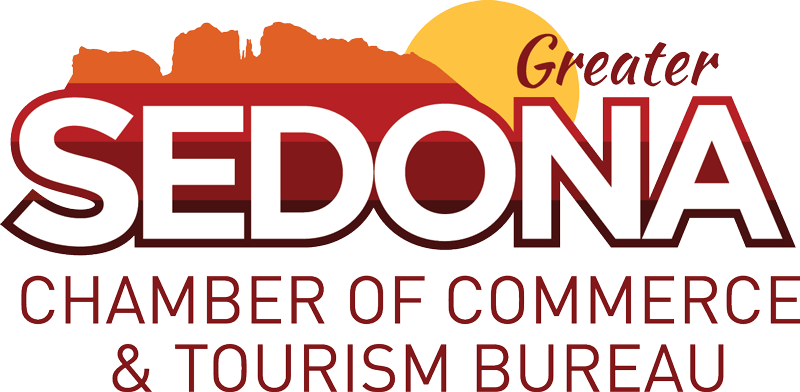The Ultimate Guide to Influencer Marketing
How to Find, Connect With, and Partner With Influencers to Grow Your Small Business
Table of Contents
What is Influencer Marketing and Why It Works
Influencer marketing leverages the trust and relationship influencers have built with their audiences to promote your products or services. Unlike traditional advertising, influencer marketing feels authentic and personal—like getting a recommendation from a trusted friend.
ROI Calculation Formula
What's a Good ROI?
Remember: Consider lifetime customer value, not just immediate sales!
Legal and Compliance Considerations
FTC Disclosure Requirements
Required Disclosures
Any paid partnerships must include #ad or #sponsored. Free product exchanges should include #gifted or #pr. Affiliate relationships require #affiliate or #commission. Disclosures must be clear and conspicuous.
Use built-in "Paid Partnership" tool when possible
TikTok
Include disclosures in video text and caption
YouTube
Use "Includes paid promotion" checkbox
Blog Posts
Clear disclosure at the beginning of posts
Contract Essentials
Key Contract Elements
- Deliverables and timeline
- Payment terms and amounts
- Usage rights and duration
- Exclusivity clauses
- Performance expectations
- Cancellation terms
- FTC compliance requirements
Common Mistakes to Avoid
❌ Choosing Wrong Influencers
Avoid: Focusing only on follower count, ignoring engagement quality
Do Instead: Prioritize engagement over followers, check audience demographics
❌ Poor Communication
Avoid: Generic outreach, being pushy, unclear guidelines
Do Instead: Personalize every message, provide detailed but flexible briefs
❌ Unrealistic Expectations
Avoid: Expecting immediate viral success, demanding guaranteed results
Do Instead: Set realistic goals, focus on long-term relationship building
❌ Neglecting Relationships
Avoid: One-off transactions, only reaching out when you need something
Do Instead: Build ongoing relationships, engage with their content regularly
Quick Start Action Plan
Ready to get started? Follow this 30-day plan:
Week 1: Research & Planning
- Define target audience and goals
- Set monthly influencer budget
- Create list of 20-30 potential influencers
- Set up tracking tools
Week 2: Initial Outreach
- Contact 5-10 influencers with personalized messages
- Create media kit and campaign brief template
- Set up affiliate/discount code systems
- Research competitor partnerships
Week 3: Engagement & Follow-up
- Follow up with non-responders
- Begin conversations with interested influencers
- Send product samples to prospects
- Finalize your first paid collaboration
Week 4: Launch & Optimize
- Launch your first campaign
- Monitor performance daily
- Engage with influencer content
- Plan next month's strategy based on results
Essential Tools and Resources
Free Tools
Google Analytics
Website traffic tracking
Canva
Create media kits and graphics
Buffer
Social media management (free plan available)
Bitly
Link tracking and analytics
Paid Tools Worth the Investment
Later
Visual content planning - $25/month
Upfluence
Influencer discovery - $69/month
Grin
All-in-one platform - Custom pricing
Typeform
Influencer application forms - $35/month
Educational Resources
Social Media Examiner
Industry news and tips
Influencer Marketing Hub
Research and guides
HubSpot Academy
Free marketing courses
Facebook Blueprint
Social media advertising training
Ready to Start Your Influencer Marketing Journey?
Influencer marketing isn't about finding the biggest names or spending the most money—it's about building authentic relationships with people who genuinely connect with their audiences.
Key Takeaways
- Start small - Focus on nano and micro-influencers for better ROI
- Quality over quantity - Better to work with 5 engaged influencers than 50 disengaged ones
- Build relationships - Long-term partnerships outperform one-off campaigns
- Be authentic - The best partnerships feel like friend recommendations
- Track everything - Use UTM codes, discount codes, and analytics to measure success
